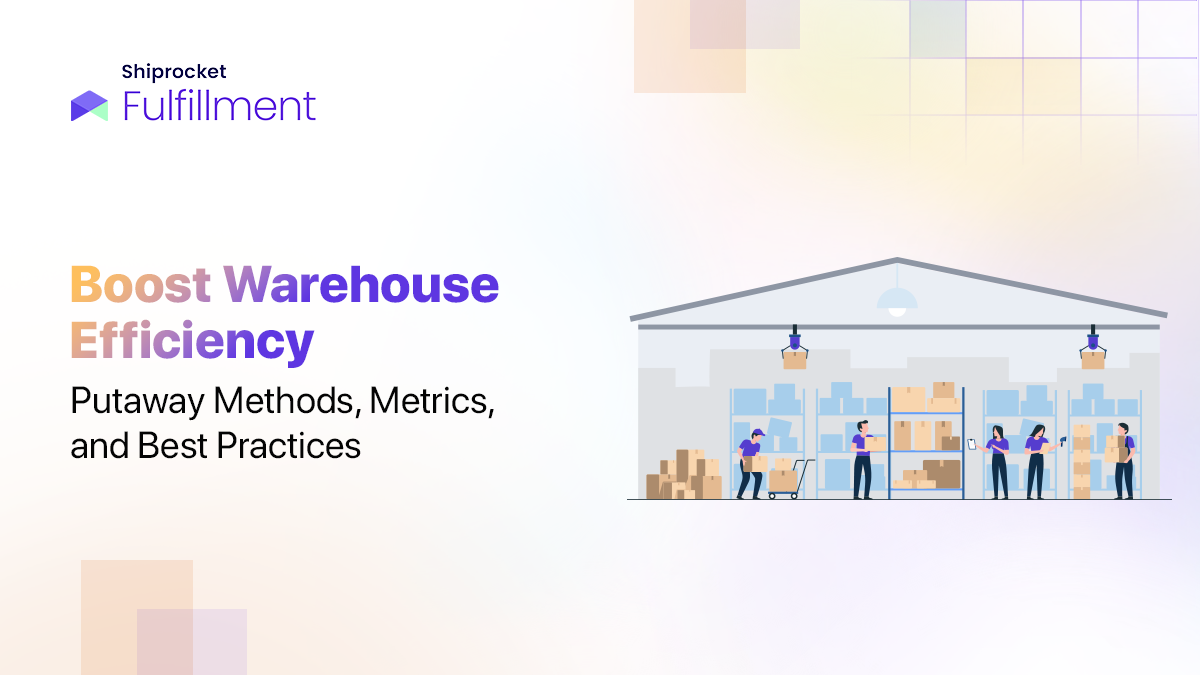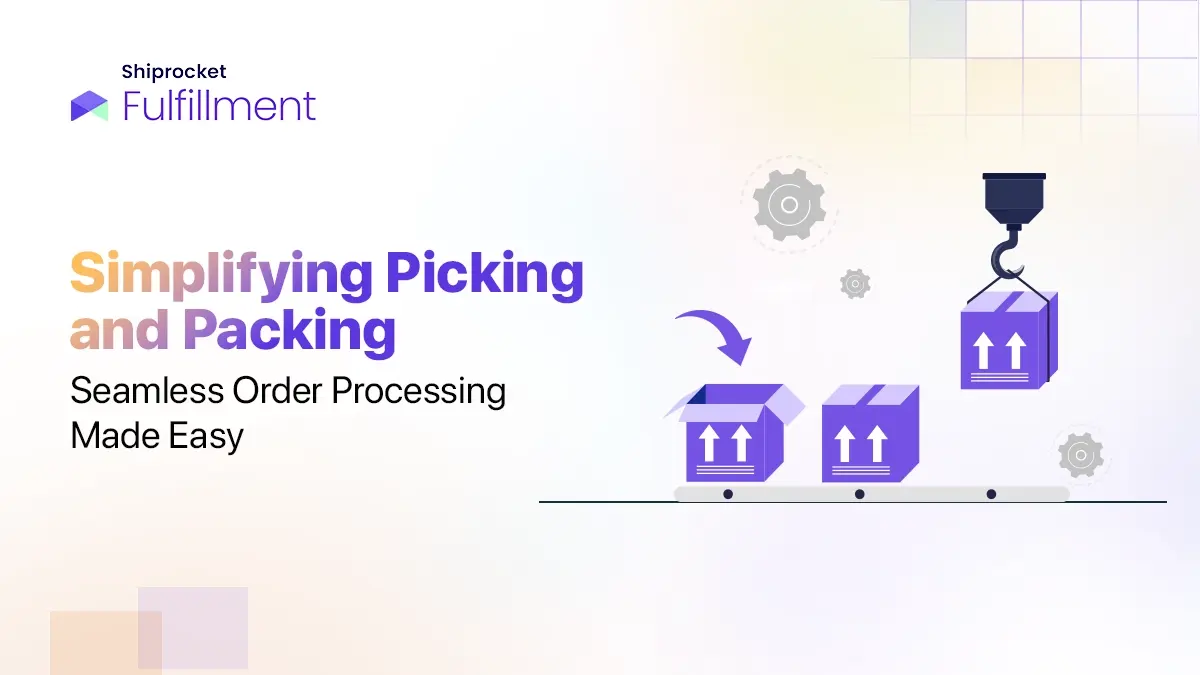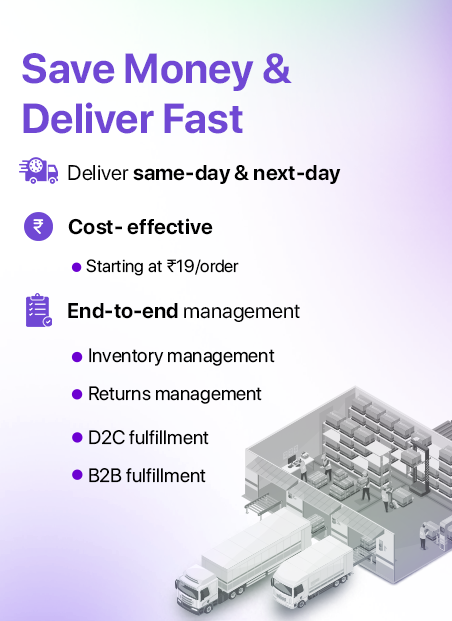Running a business is a tedious task. You never know how it will turn out in the coming month or year. Yet you have to anticipate how much inventory of each SKU you should store to meet the demands of your customers on time. Demand estimation is indeed one of the most challenging aspects of running a business.

Even if you have been forecasting demand for a while now, the projections can shift at any time.
What is Demand Estimation?
Demand estimation is a critical process in a business that helps to analyse and understand the demand for a particular product or service. This is done by finding the connection between the business data and the company operations and further identifying the various factors that determine the numbers in the data. The insight gained from this understanding will help a business production forecasting, stocking, pricing, marketing, etc of a particular product or service. The budgeting will also be done accordingly. If the likely future demand is found to be high, the company will budget more for production and storage. On the contrary, if the expectation about the demand is too low, the business may spend more on marketing to advertise the product or service or on redesigning the product, depending on the condition.
In managerial economics, demand estimation plays a vital role in helping the management of a firm make decisions regarding company expenses.
Difference Between Demand Estimation and Demand Forecasting
Demand estimation and demand forecasting are frequently used terminologies in the business field. These two words are often seen used interchangeably but these are not the same.
Demand estimation attempts to assess the future demand for goods or services by quantifying the factors driving the demand and the links between the level of demand.
Demand forecasting on the other hand predicts the overall future demand level of a product or service without taking the particular linkages into consideration.
Although there will be some similarities between demand estimation and demand forecasting, the factors considered for the analysis and the techniques used for that differ.
In short, a demand estimation technique can be used to forecast the demand but the methods of demand forecasting is not apt for estimating the demand.
Distinction Between Demand Analysis and Estimation
Demand analysis is carried out to understand the various elements influencing the customer demand for a product or service in the market. It usually studies consumer behaviour, preferences, etc to get an idea of the amount of a product or service they will buy at different prices. During demand estimation, the information from demand analysis is taken into account to calculate the demand for goods or services. Hence, demand analysis is also a key component in managerial decision-making.
Importance of Demand Estimation in Business?
Demand estimation is an important tool in managing the production or creation and distribution of goods and services. Businesses utilise the information from demand estimation to plan their production and thereby maintain adequate inventory. The reports of demand estimation give an insight into the demand for a particular product or service in the market, which enables the company to alter or devise its production or product marketing strategy accordingly. This will help them survive in the market, and gain profit. A faulty estimation can lead to financial losses. Thus this critical process should be done efficiently without any room for error.
Importance of Demand Forecasting
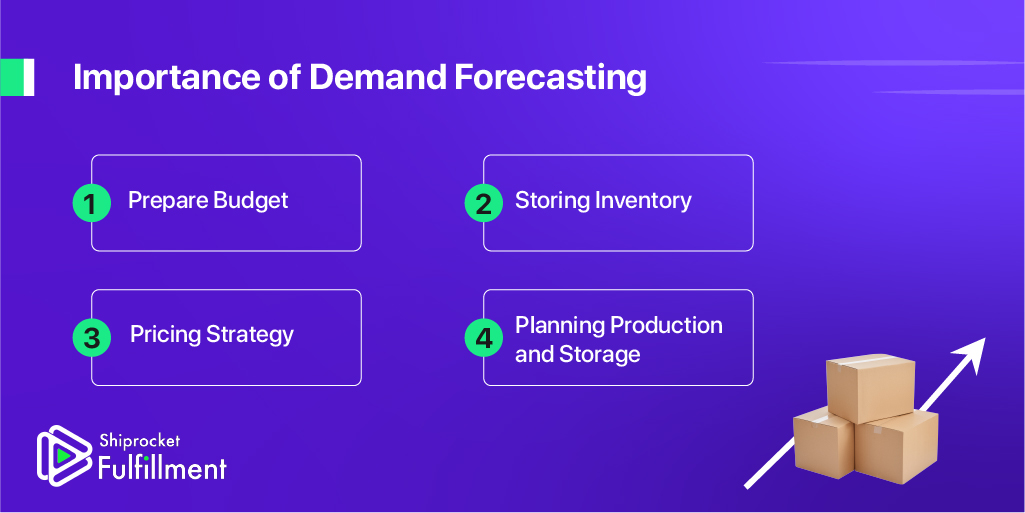
The survival of any business depends on the demand for its product. If there is no demand, there is no business. Also, without understanding demand, no business would survive in the market for long. Although you can never be 100% accurate with demand forecasting, you can take steps to increase supply chain efficiency, production lead time, launch new products, and save money. All this will help you provide a better customer experience.
Prepare Budget
Demand estimation helps in reducing risks associated with overstocking of inventory and paying extra for warehousing space. Thus, you can make better decisions about inventory accounting, operations costs, cash flow, profit margins, allocation of resources, etc. Also, a business’s strategic and operational plans are prepared based on demand forecasting.

Storing Inventory
As discussed above, you spend less money on inventory purchase and warehousing space to store it with demand forecasting. The more inventory you store, the expensive it gets to store it. By managing inventory efficiently, you can always have enough products in hand to meet customer demand. Thus, you need to track inventory levels closely and restock by forecasting inventory.
ALSO READ: Inventory Management Automation: Benefits & Challenges
Planning Production and Storage
Demand estimation helps you be prepared with the products when the customers want them. It helps forecast demand for a particular product and be prepared with your marketing activities to attract customers. Being sold out for days and weeks when your products demand is high kills your business the most. Thus, you can forecast demand and control inventory to help you never run out of inventory, especially when it is high in demand.
Pricing Strategy
Demand forecasting also helps in deciding pricing for the products as per their demand and supply. It is essential to understand the market and the potential opportunity so your business can grow. Thus, you can formulate the right pricing strategy and use the right mix of marketing strategies.
If there is an excess supply of a product, you can slash prices or offer a discount. Similarly, if the product is scarce, you can increase its costs.
ALSO READ: Pricing Strategies: Common Types and Usage
Types of Demand Forecasting
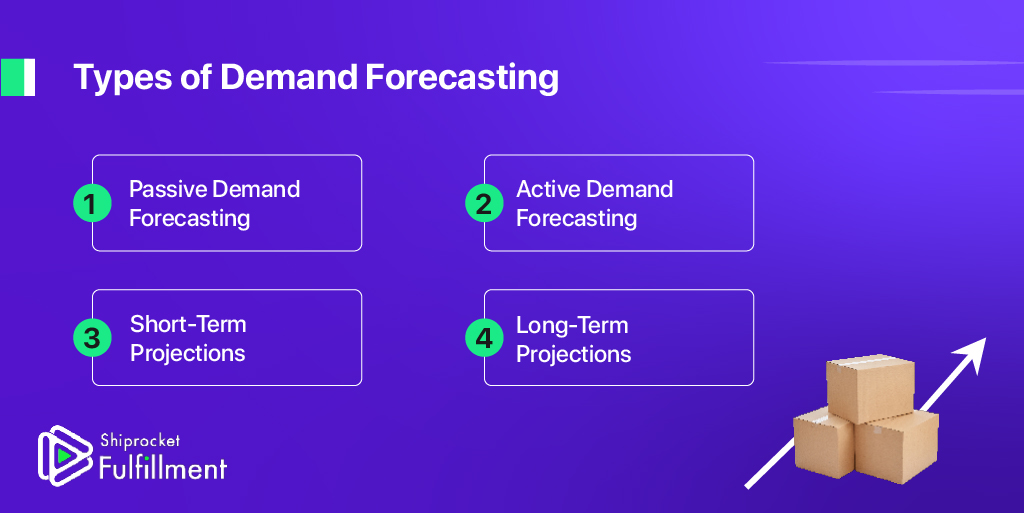
There are different ways to do demand estimation. Let’s take a look at the different models to do demand estimation:
Passive Demand Forecasting
One of the simplest types to forecast demand, passive demand forecasting, uses the sales data from the previous season to predict demand for the future. It is one of the most common types to forecast demand. You can use data from the same previous season, like last year’s Diwali season, to predict demand for this Diwali season. Thus, you can compare apples to apples to predict demand and sales for this season. This stands helpful if your business goes through seasonal fluctuations a lot.
Passive demand forecasting is particularly easy as it does not involve any statistical methods or studying economic trends.
Active Demand Forecasting
Active demand forecasting is the best option for businesses that have just started or are seeing an upward trend. It involves taking into consideration the market research and marketing campaigns. Some external factors are also taken into consideration, like economic outlook, growth projection, etc. This is an excellent option for startups as they don’t have any historical data to help draw demand estimation.
Short-Term Projections
Short-term demand estimation involves projecting estimation just for the next 3-12 months. It is an excellent option if you are looking to manage the just-in-time supply chain. With its help, you can adjust your projections with the help of real-time sales data and quickly respond to customers’ demands.
Long-Term Projections
Long-term estimation involves forecasting for 1-4 years. This method focuses on shaping the business growth trajectory and is based on sales data and market research. Many business owners also take long-term projections as a roadmap. With its help, they plan their capital investment, marketing, and supply chain operations.

